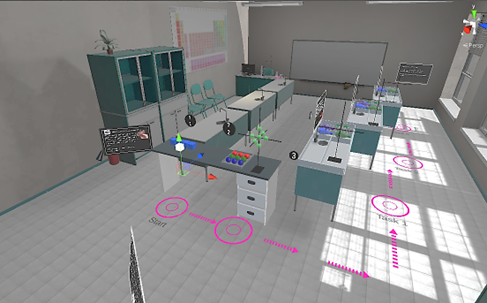
A lifelong learner!
I am an Associate Professor at MacEwan University in Edmonton, Alberta, specializing in Virtual Reality (VR) applications in education, digital media, and computer game design and development. My research primarily investigates VR and extended reality (XR), emphasizing interactions, user experience, and accessibility. Throughout my career, I have led numerous interdisciplinary projects on immersive learning using Augmented Reality (AR) and VR, collaborating with educational institutions. My work has contributed to advancing the field of XR in education, making learning experiences more engaging and accessible.
I received my PhD from Carleton University under the supervision of Dr.Arya and Dr.Joslin. My research was focused on learning, interactions and accessibility of Virtual Reality in STEM education.
Education
I obtained my Master's degree in Digital Experience Innovation from the University of Waterloo, Canada in 2015.
As a PhD student, I worked on several multidisciplinary studies with the collaboration of colleagues from the University of Toronto that are published in the Journal of Chemical Education, Journal of Science Education and Technology, IEEE VR, and IEEE Artificial Intelligence/VR (AIVR). I received my post-graduate certificate in Design Management from George Brown College, Toronto, Canada in 2009.
Professional Activities
Prior to resuming my academic pursuits in 2017, I founded and managed a digital media company in Canada, specializing in the design and production of digital media for clients across Canada and the United States. My professional background includes substantial experience in animation and game development, where I contributed as an educational game designer and a UX researcher/designer. Additionally, I served as a member of the advisory board for the Master of Digital Experience Innovation (MDEI) program at the University of Waterloo.
Professional / Academic Affiliations
- XR Media Research Group
- Interactive Digital Media Group
- IEEE VR (2021)
- XR Access
- Modern Education Technology Society (METS)
- Educational game design and development


 Students' work in VR course (ITEC-4016)
Students' work in VR course (ITEC-4016) 














